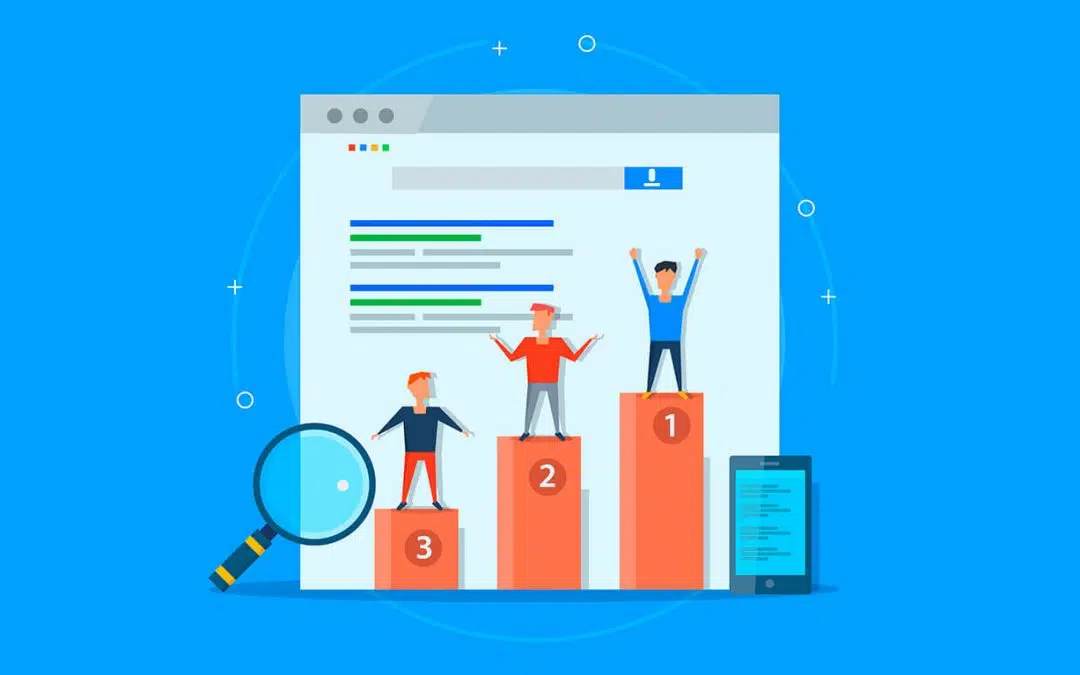The first step in learning how to get your website to appear on page one of Google is to fix all of your on-page SEO issues. Use long-tail keywords, fix thin content pages, and improve internal linking. You’ll be amazed how quickly you’ll see improvements to your website’s search engine ranking. Follow these tips and you’ll be on your way to page one. After that, all you have to do is add links to your website.
Fix your On Page Seo
One of the best ways to get a website to appear on the first page of Google is to fix your On Page SEO. This means optimizing your website for the keywords that your customers are searching for. Your website should have quality content that matches the search intent of the user and a good URL structure. You should also make sure that your website has a strong brand reputation and not just a bunch of links from spammy sites.
Use Long-tail Keywords
Always try to use long-tail keywords in your meta tags and content. These are keywords that have a lower search volume because they were created with a specific intention in mind. This method has proven effective in generating more conversions and traffic to websites. If you’re looking for ways to rank on page one of Google fast, use long-tail keywords and create landing pages centered around each keyword.
One method involves using Google’s autocomplete feature to generate ideas for long-tail keywords. If someone is searching for a keto diet, for instance, they probably aren’t ready to purchase anything yet. However, if someone searches for a “keto diet supplement”, they are more likely to make a purchase. In addition to using Google’s autocomplete feature to generate long-tail keyword ideas, you can use a tool like SEMrush to filter the results.
Long-tail keywords are also a good way to increase your domain authority. When you use long-tail keywords to drive targeted traffic, you are increasing your chances of targeting generic short-tail keywords that have high search volumes. According to Moz, around 70% of searches on Google are long-tail keywords. These keywords are often not searched by ordinary users. You can use this knowledge to get more qualified traffic to your website.
Fix thin Content pages
If you are trying to rank on page one of Google, you are likely to run into the problem of thin content. Google penalizes sites that do not provide substantial content. Ultimately, this harms your rankings in the search results. Google’s algorithm can detect thin content deceptively and penalize you in the results. However, there are ways to improve the quality of thin content. Keep reading to learn how to fix thin Content pages to rank on page 1 of Google fast.
The easiest way to find out if your pages are penalized for thin content is to sign up for SEO Scout and use its free trial. This tool will analyze your pages’ readability to help you determine which ones need improvement. Alternatively, you can perform an audit of your website using Grammarly or another automated proofreader tool. By removing old content, you will free up valuable resources for fresh content that has a better chance of ranking.
If your website is affected by thin content, you should immediately fix it. Google’s Panda algorithm update targeted poor content. When your pages contain little or no value, Google penalizes them by removing them from search results. The Panda update introduced the “Panda” algorithm, which penalized low-quality affiliate sites that don’t have high-quality content. Moreover, it targeted duplicate content, and so on.
Better Internal Linking
Using better internal linking is a great way to improve your search engine rankings, and it also works to refresh older content. Search engines limit the number of links on a page to 150, so don’t overdo it! However, do keep in mind that over-linking can negatively impact your SEO. Internal links should also be natural, as Google will view them suspiciously. When you use internal linking in your content, it can help your page rise to the top of SERPs.
Internal links are links inside a website, including the menu and homepage. They help Google understand the relative importance of pages within your website and improve its ranking. Internal links also pass link juice, but not as much as external ones do. Still, they are important for SEO and can help you rank on page one of Google quickly. But how do you get better internal linking? Read on to learn more about this important strategy.
Internal links are the most important part of your site’s SEO. They help connect new and established pages. They should be placed in areas where they overlap. When possible, use internal links to clarify complex terms or related topics, which will improve your readers’ experience. When using internal links, make sure to use the keywords that are important to your page. The right keywords and phrases will make your pages more relevant to Google, and they will bring more traffic to your site.
Competitor Analysis
There are many different ways to conduct competitor analysis. Among them is reading the titles and content of your competitors. This will give you a better idea of what your competitors are doing right. Also, competitor analysis can help you find out how your content is performing on their websites. Performing a competitive analysis will help you beat out your competition. But before you try any of these methods, you must know the basics of SEO.
Using a competitive analysis tool is an easy way to find out which keywords are working for your competition. These tools provide detailed insight into what competitors are using and how they are using them. In addition, they let you compare your website with your competitors to determine which improvements and adjustments you need to make to your content. Once you have done this, you’ll know to craft a killer content strategy.
Once you’ve determined which keywords are most competitive, you can run them through competitor research tools to see what other websites in your niche are doing. This will give you a better idea of what to improve on your website, and how to maximize ROI. Using competitive research tools can help you rank on page one of Google quickly. It’s also useful for identifying similar businesses within your industry. You can use similarweb to find out which of your competitors are gaining traction.
Copy Backlinks of Competitors
If you want to dominate Google and get listed on page one, copying the backlinks of your competitors is a proven strategy to achieve this goal. However, there are some rules you must follow. You cannot simply copy the backlinks of your competitors – instead, you must find pages and sites that have already ranked well in search engines. To do this, you should use a tool that can help you analyze the backlinks of your competitors.
The first step is to create a link profile template and research the backlinks of your competitors. This tool can help you create similar links and improve your website’s ranking. Moreover, it will help you gain more traffic by boosting your link profile. You must choose a direct competitor from a keyword perspective. The business model of your competitor doesn’t necessarily have to be the same, but it should have content relevant to your industry and target keywords.
Guest Posts
Start writing quality guest posts for other sites to get a higher ranking for your website. This strategy is known as guest blogging. If you do not have time to write a post for other sites, you can always use your in-house writers to create content for other websites. This way, you will be able to increase your site’s authority and vouch for its content. By writing quality guest posts, you will increase the authority of your website and attract higher organic traffic.
Besides guest posting on relevant websites, one of the best ways to get a high ranking is through Parasite SEO. In this technique, you can piggyback on other people’s authority and rank for super-competitive keywords. You can do this by publishing new content on other high-ranking websites or in relevant directories. This process involves pitching guest posts to those sites with higher rankings. To do this effectively, you must first make a list of relevant keywords that you can target for your content. A tool like Semrush can help you find keywords and sites that are highly competitive in your industry.


Recent Comments